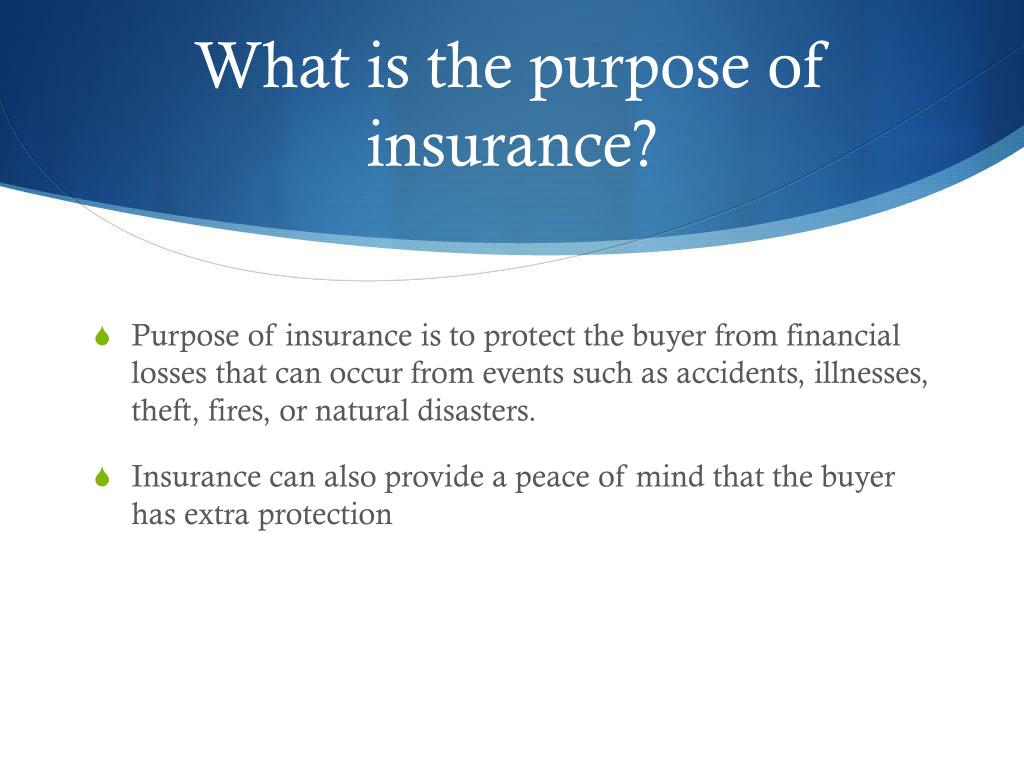The 5-Second Trick For Pacific Prime
The 5-Second Trick For Pacific Prime
Blog Article
The Best Strategy To Use For Pacific Prime
Table of ContentsSome Known Facts About Pacific Prime.A Biased View of Pacific PrimeThings about Pacific Prime8 Easy Facts About Pacific Prime ExplainedThe Best Strategy To Use For Pacific Prime

This is because the data were accumulated for a period of strong financial efficiency. Of the estimated 42 million people who were uninsured, almost regarding 420,000 (concerning 1 percent) were under 65 years old, the age at which most Americans end up being qualified for Medicare; 32 million were adults between ages 18 and 65, around 19 percent of all grownups in this age; and 10 million were children under 18 years of age, concerning 13.9 percent of all children (Mills, 2000).
These estimates of the number of individuals without insurance are generated from the annual March Supplement to the Current Population Study (CPS), conducted by the Census Bureau. Unless or else noted, national estimates of individuals without health and wellness insurance policy and percentages of the population with various kinds of protection are based on the CPS, the most widely made use of resource of price quotes of insurance policy protection and uninsurance prices.
4 Easy Facts About Pacific Prime Shown

Still, the CPS is particularly beneficial since it generates yearly quotes fairly swiftly, reporting the previous year's insurance coverage estimates each September, and due to the fact that it is the basis for a constant set of quotes for more than 20 years, permitting evaluation of patterns in insurance coverage with time. For these factors, in addition to the comprehensive use of the CPS in various other researches of insurance coverage that exist in this report, we depend on CPS quotes, with restrictions kept in mind.

The quote of the number of without insurance individuals expands when a population's insurance policy condition is tracked for numerous years. Over a three-year period beginning early in 1993, 72 million individuals, 29 percent of the U.S. https://allmyfaves.com/pacificpr1me?tab=pacificpr1me. populace, were without coverage for at the very least one month. Within a single year (1994 ), 53 million individuals experienced a minimum of a month without coverage (Bennefield, 1998a)
6 out of you could try these out every ten without insurance adults are themselves used. Working does improve the likelihood that one and one's family participants will certainly have insurance policy, it is not a warranty. Even participants of households with two full-time breadwinner have nearly a one-in-ten possibility of being uninsured (9.1 percent uninsured price) (Hoffman and Pohl, 2000).
Pacific Prime Fundamentals Explained
New immigrants account for a considerable percentage of people without medical insurance. One evaluation has attributed a substantial part of the recent growth in the dimension of the U.S. without insurance populace to immigrants that arrived in the country between 1994 and 1998 (Camarota and Edwards, 2000). Current immigrants (those who came to the United States within the previous four years) do have a high price of being uninsured (46 percent), however they and their children make up simply 6 percent of those without insurance coverage across the country (Holahan et al., 2001).
The relationship in between medical insurance and accessibility to care is well established, as recorded later on in this phase. Although the connection between wellness insurance coverage and health outcomes is neither straight neither easy, an extensive clinical and health and wellness solutions study literary works links wellness insurance policy coverage to better accessibility to care, far better quality, and improved personal and population wellness condition.
Levels of analysis for checking out the effects of uninsurance. It focuses particularly on those without any type of wellness insurance for any kind of size of time.
Get This Report about Pacific Prime
The problems faced by the underinsured remain in some areas similar to those dealt with by the uninsured, although they are usually less serious. maternity insurance for expats. Uninsurance and underinsurance, nonetheless, involve noticeably different policy issues, and the approaches for resolving them may vary. Throughout this study and the five records to follow, the major focus is on individuals without any health insurance and therefore no assistance in paying for health treatment beyond what is readily available via charity and security web establishments
Health and wellness insurance coverage is a powerful factor impacting invoice of care due to the fact that both clients and doctors reply to the out-of-pocket rate of services - https://ameblo.jp/pacificpr1me/entry-12846866195.html. Medical insurance, however, is neither required nor adequate to access to medical services. The independent and straight impact of wellness insurance coverage on accessibility to health and wellness solutions is well developed.
Others will certainly acquire the health treatment they need even without medical insurance, by spending for it out of pocket or seeking it from companies that provide care complimentary or at highly subsidized prices. For still others, medical insurance alone does not guarantee receipt of treatment because of various other nonfinancial obstacles, such as a lack of wellness treatment companies in their community, restricted accessibility to transport, illiteracy, or linguistic and social differences.
Little Known Facts About Pacific Prime.
Formal research study concerning uninsured populaces in the United States dates to the late 1920s and very early 1930s when the Committee on the Price of Medical Treatment created a collection of reports about funding medical professional workplace check outs and hospital stays. This problem became prominent as the varieties of clinically indigent climbed throughout the Great Anxiety.
Report this page